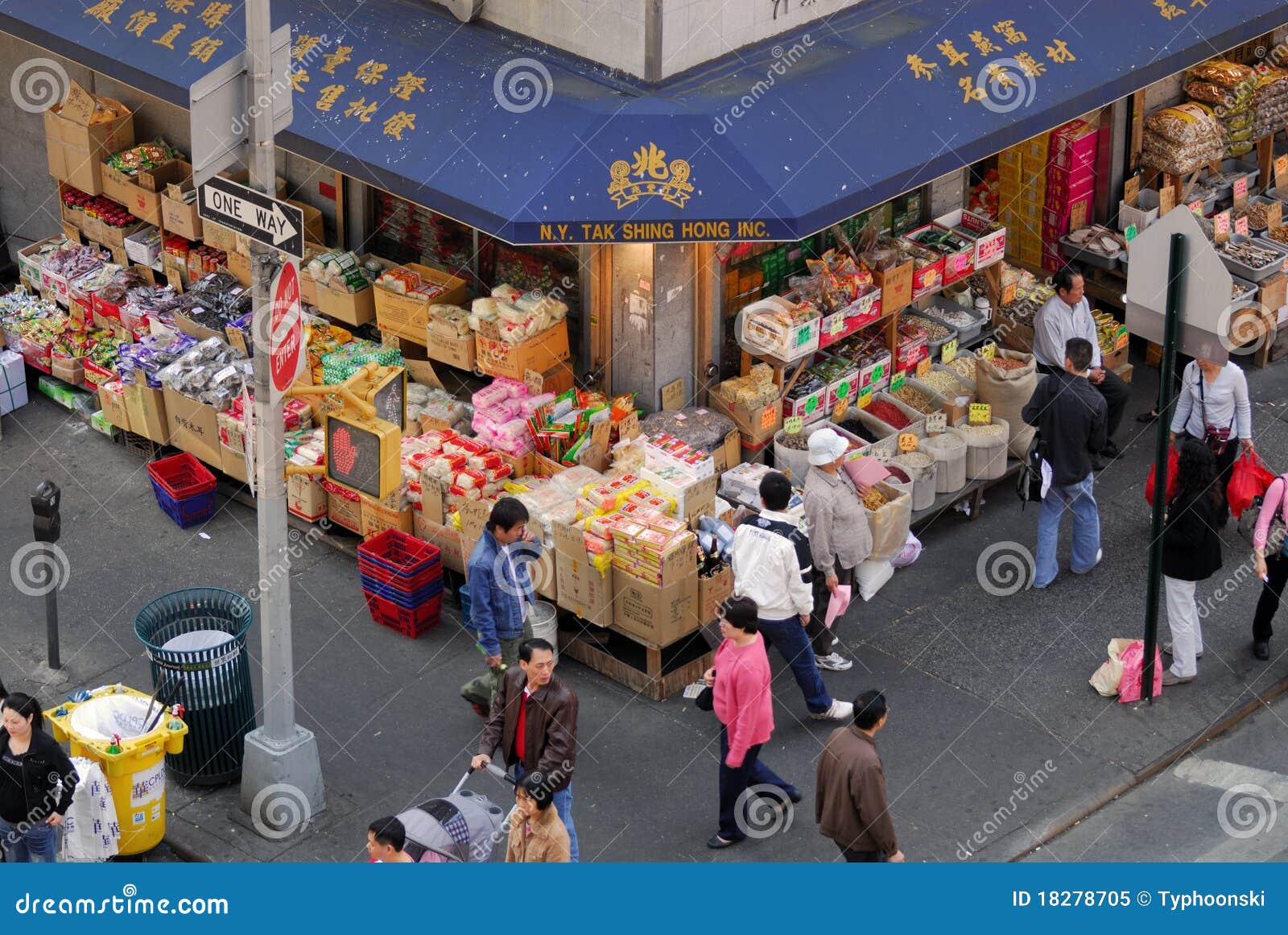Ever wondered how a single store can transport you across continents, tantalizing your taste buds with a kaleidoscope of flavors? Asian food shops offer an unparalleled culinary journey, a vibrant tapestry woven with the threads of tradition, innovation, and cultural exchange. These establishments are far more than mere grocery stores; they are portals to the heart of Asia, each aisle a pathway to discovering new tastes and experiences.
These unique markets have evolved into essential destinations for a diverse clientele, from culinary adventurers eager to explore unfamiliar cuisines to expats seeking a comforting taste of home. Whether it's tracking down a specific ingredient for a cherished recipe or simply indulging a curious palate, the Asian food shop caters to an ever-expanding audience. They have become essential hubs for food enthusiasts, expats craving a taste of home, and adventurous eaters who want to explore new cuisines. Theyre not just about selling products but also about creating connections with a diverse range of customers. Whether youre looking for a specific ingredient for your favorite dish or simply curious about trying something new, these shops cater to everyone.
| Subject | Asian Food Shops |
| Location Focus | Global, with emphasis on diverse Asian countries (Japan, Korea, Thailand, Vietnam, etc.) |
| Products and Services |
|
| Customer Profile | Expats and Immigrants, Food Enthusiasts, Curious Locals |
| Key Benefits |
|
| Challenges |
|
| Trends |
|
| Reference Website | Example.com (This is a placeholder. Replace with an actual relevant link) |
An Asian food shop transcends its function as a mere retailer; it's a carefully curated collection of culinary treasures, each product telling a story of its origin. These emporiums are meticulously stocked with a diverse array of goods, catering to the varied palates of their patrons. From the crisp, vibrant greens of bok choy and the pungent fragrance of galangal to the familiar comfort of soy sauce and the delicate texture of rice noodles, the shelves are a testament to the rich tapestry of Asian cuisine. For those moments when the call of the kitchen feels distant, many offer a selection of ready-to-eat meals, ensuring a satisfying culinary experience without the fuss.
- Unveiling Sexy Films What You Need To Know Amp Considerations
- Jane Omeara Driscoll Behind Bernie Sanders A Look At His Spouse
But the essence of an Asian food shop extends far beyond the simple act of commerce. For many who have made their home far from their ancestral lands, these shops offer a vital connection to their heritage. They provide a sanctuary, a tangible link to the flavors and aromas of home. Food enthusiasts, drawn by a desire to explore the unknown, find within these walls a playground of discovery. And for the curious locals, it represents an opportunity to expand their culinary horizons, venturing into new and exciting taste sensations.
These stores often go above and beyond the basics, acting as community hubs where people gather, united by their shared love of food. Imagine learning the art of crafting perfect sushi rolls or engaging in a passionate debate about the best methods for preparing kimchi. Asian food shops become a space where a sense of belonging is fostered, forging connections through shared experiences.
The heart of an Asian food shop lies in its product selection. The shelves are a carefully curated showcase of culinary delights, designed to satisfy a wide array of tastes and preferences. The assortment includes essentials and unique finds, ensuring there is something for everyone.
- Temporary Replacement Parts Your Essential Guide Amp Faqs
- From Model To Icon The Unstoppable Megan Fox
- Fresh Produce: These stores often display an array of herbs, such as lemongrass and kaffir lime leaves, alongside exotic fruits like lychees and rambutan. The produce section also features a variety of vegetables, including bitter melon and taro.
- Pantry Staples: The shelves are stocked with essential ingredients: rice, noodles, soy sauce, fish sauce, curry paste, and miso are some of the indispensable items available.
- Snacks: From Pocky sticks to mochi and spicy ramen cups, Asian food shops offer a range of treats to satisfy any craving.
- Ready-to-Eat Meals: For those busy days, pre-made dishes like dumplings, spring rolls, and bento boxes are readily available.
- Teas and Beverages: The selection includes matcha powder and bubble tea mixes, catering to all beverage needs.
One of the most appealing aspects of these stores is their selection of specialty items. It's not uncommon to discover rare ingredients that are difficult to find elsewhere. One might stumble upon authentic Japanese wasabi or Korean gochujang, adding a unique twist to any recipe. These specialty items are often the key to unlocking the authentic flavors of various Asian cuisines.
The true appeal of an Asian food shop lies in its ability to draw in a diverse customer base, each with their own unique needs and desires. The stores are a welcoming space for several groups.
For expats and immigrants, these shops provide a comforting sense of familiarity. They serve as a connection to home, offering products that evoke memories of their native lands. Whether its a jar of curry paste from India or a pack of instant noodles from Thailand, these items help to bridge the gap between their past and their present lives.
Food enthusiasts, always on the hunt for new flavors and recipes, are drawn to these shops. They enjoy experimenting with different ingredients and techniques. They might not be familiar with all the products, but they are eager to learn and try new things.
Curious locals make up another significant group, eager to explore Asian cuisines. These shoppers might be inspired by a TV show, a restaurant experience, or a friends recommendation. They are often thrilled to discover new ingredients and recipes that they can incorporate into their daily meals.
The importance of Asian food shops extends far beyond mere commerce; they are instrumental in preserving cultural heritage and championing diversity. They offer a platform for traditional products and recipes, allowing them to flourish in a globalized world. By providing access to authentic ingredients, these shops help to maintain the integrity of Asian cuisines, ensuring that the true flavors and techniques are not lost.
Furthermore, these shops significantly contribute to the local economy by supporting small businesses and creating employment opportunities. Many of these establishments are family-owned and operated, adding a personal touch to the shopping experience. This personal touch creates a sense of community and allows for direct interaction between customers and shop owners.
Asian food shops also act as a bridge for cultural exchange. They create an environment where people from various backgrounds can learn from and appreciate one anothers traditions. Cooking classes and simple conversations with shopkeepers can foster understanding and respect, helping to break down cultural barriers.
There are numerous benefits associated with shopping at an Asian food shop. First and foremost, you gain access to high-quality products that are often fresher and more authentic than what you might find in a mainstream supermarket. You are also supporting small businesses, which contributes to the local economy and promotes community growth.
Another advantage is the sense of community that these shops create. Youll often encounter friendly staff members who are more than happy to assist you with your purchases. They might even offer valuable tips and tricks for utilizing certain ingredients, enhancing your culinary knowledge.
Many Asian food shops offer competitive prices, particularly for bulk purchases. You can stock up on pantry staples at a fraction of the cost compared to mainstream grocery stores. And, lets not forget the added value of discovering new and exciting products that you might not find elsewhere, expanding your culinary horizons.
Despite their many advantages, Asian food shops face several challenges. One of the most significant hurdles is the competition from online retailers. The rise of e-commerce has given customers more options than ever before. To stay relevant and attract customers, brick-and-mortar stores must adapt and innovate.
Another challenge is maintaining authenticity while catering to a wider audience. As Asian cuisines become increasingly popular, there is a risk of diluting the original flavors and techniques. Shops must carefully balance innovation and tradition to preserve the integrity of the food.
Supply chain disruptions can also be a problem. Importing products from Asia, particularly perishable goods, requires meticulous planning and coordination. This ensures that customers have access to fresh, high-quality items at all times.
The Asian food retail sector is continually adapting to meet evolving consumer needs. Sustainability and eco-friendly practices are among the latest trends. Many shops are now utilizing biodegradable packaging and encouraging customers to bring their own containers, promoting environmental responsibility.
Technological integration is another trend. Several shops are implementing mobile apps and online platforms to improve the shopping experience. Customers can browse products, place orders, and even explore recipes from the comfort of their homes, providing convenience and accessibility.
Health and wellness are increasingly important factors in the Asian food retail landscape. Customers are actively seeking products that are organic, gluten-free, or low in sugar. Shops are responding by stocking more of these options and providing clear labeling to help customers make informed choices, aligning with growing health consciousness.
If youre new to shopping at an Asian food shop, here are some helpful tips to get you started.
- Ask Questions: Dont hesitate to seek advice or clarification from the staff; they typically have extensive knowledge and are happy to assist.
- Start Small: If you are unfamiliar with certain ingredients, begin with small quantities until you are comfortable using them.
- Experiment: Be open to trying new things, as you might discover a new favorite ingredient or recipe.
- Check Labels: Always review labels, especially if you have dietary restrictions or allergies.
Shopping at an Asian food shop is more than a routine grocery trip; it is an experience. Take your time to explore the aisles, engage with the staff, and soak in the vibrant atmosphere. There are treasures waiting to be discovered!
The future of Asian food shops appears promising. With the global interest in Asian cuisines growing, these shops are positioned for expansion and innovation. We can anticipate further advancements in product offerings, technology integration, and sustainable practices.
Additionally, the increase in food tourism and cultural exchange programs is likely to boost the popularity of these shops. As more people seek authentic experiences, Asian food shops will remain a prime destination for culinary adventures.
To stay relevant, Asian food shops need to adapt to changing consumer preferences. This involves embracing new technologies, providing personalized services, and remaining true to their cultural heritage. By doing so, they can continue to thrive in an ever-evolving market, remaining vital components of their communities.
- 6 Flags Magic Mountain Your Ultimate Guide For Thrills Fun
- Megan Fox Erome The Buzz Explained What You Need To Know


